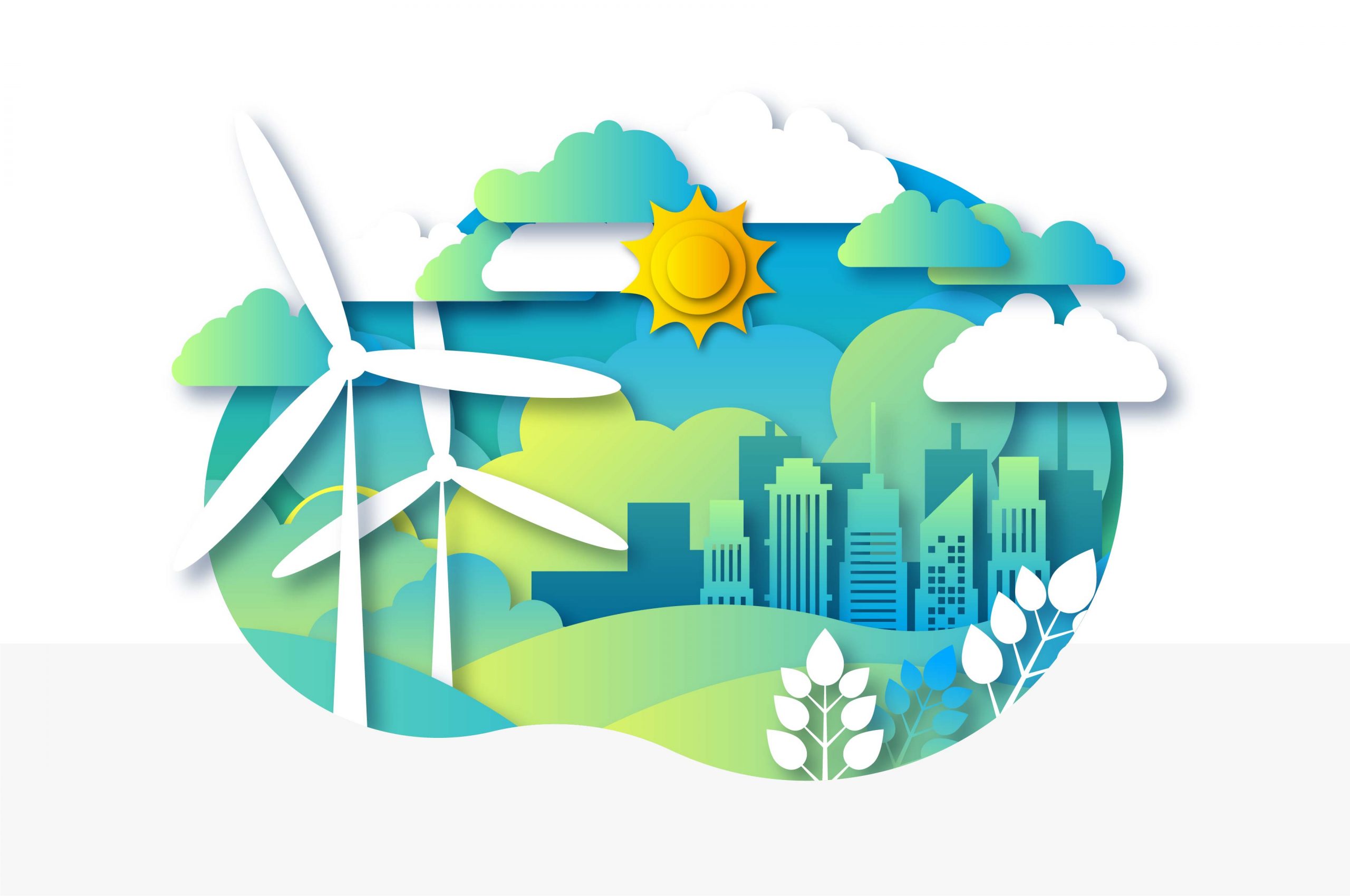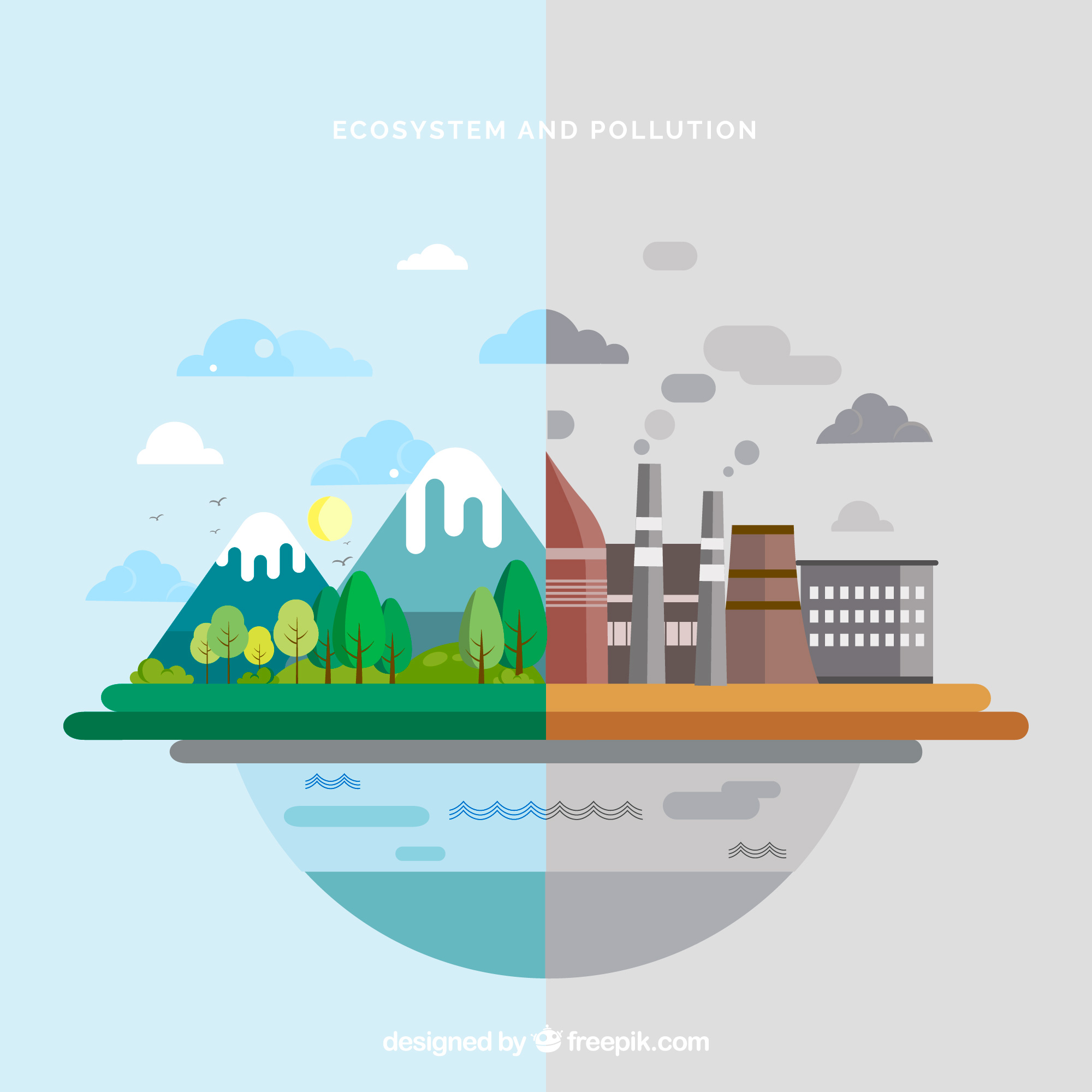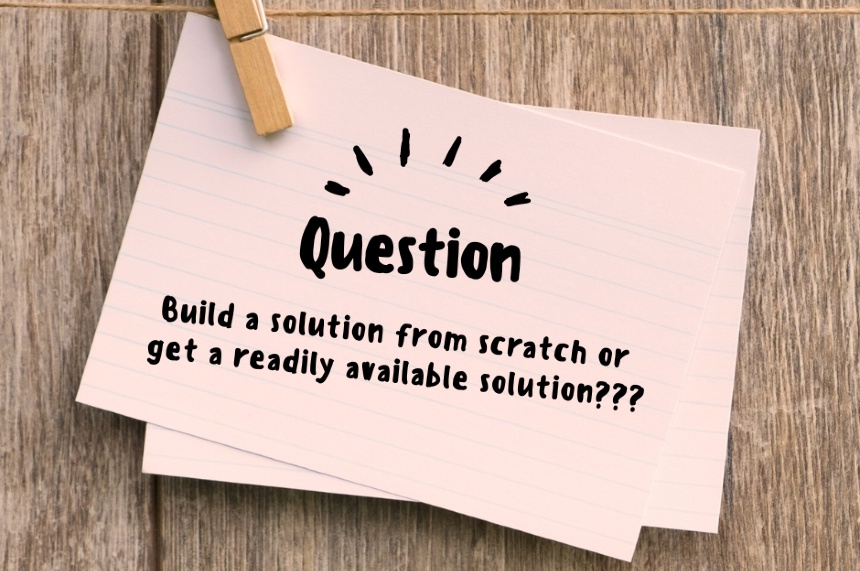Sustainable Procurement: What it is? And what are the Benefits?
Business | August 17, 2022 | By
The past couple of years have been hectic, and we have been through so much. Covid and other events have impacted us in ways unimaginable. Despite the fact that the pandemic is not over, we can still learn a great deal from it. At the same time, consumers are also increasingly conscious about the products they buy. They want to know how companies manufacture the products and where they source the raw materials from. And, companies want to be known as leaders in ESG stewardship. Sustainability is no more a nice-to-have feature and sustainable procurement is not just a highlight point at annual presentations.
The responsibility to forge a better future not only lies with the governments and grassroots organizations anymore. Corporate organizations now have a huge role to play in the fight against issues such as climate effects, ethical consumption, diversity, etc.

As per a McKinsey report, two-thirds of the average company’s (ESG) Environment, Social, and Governance lies with its suppliers. And it is the procurement teams who deal more directly with the suppliers than anyone in the organization. So, procurement professionals have a key role to play by making sustainable procurement a reality, in turn making organizations truly sustainable.
What is Sustainable Procurement?
 So far, the role of procurement was to ensure that organizations receive goods and services for the best possible price while also satisfying other aspects such as lead time and quality of the product or service. Sustainable procurement is not just about these factors. Procurement becomes sustainable when an organization broadens the framework by providing positive outcomes not just for the organization but for the environment, economy, and society at large. The process of integrating the aspects of environmental, social, and governance goals into procurement, sourcing, and supply chain, while still meeting the stakeholder requirements, is sustainable procurement.
So far, the role of procurement was to ensure that organizations receive goods and services for the best possible price while also satisfying other aspects such as lead time and quality of the product or service. Sustainable procurement is not just about these factors. Procurement becomes sustainable when an organization broadens the framework by providing positive outcomes not just for the organization but for the environment, economy, and society at large. The process of integrating the aspects of environmental, social, and governance goals into procurement, sourcing, and supply chain, while still meeting the stakeholder requirements, is sustainable procurement.
A sustainable procurement strategy involves the following aspects such as maintaining low environmental impact by using suppliers who adhere to ESG principles and minimizing waste across the entire supply chain, the procurement, and product lifecycle.
Benefits of Sustainable Procurement
Committing to sustainable procurement is not as simple as switching to paper straws instead of plastic ones. It requires an integrated approach. It is relevant to businesses of all sizes and from all sectors and provides a significant increase in brand value. According to World Economic Forum: Beyond Sustainable Procurement – sustainable procurement practices result in a 15-30% increase in brand value and a 9-16% reduction in costs.
Business benefits:
- Sustainable procurement helps product manufacturing organizations to minimize business risks by sourcing from suppliers who adhere to sustainable practices and comply with the regulations and laws.
- The company’s reputation and customer perception increase positively as consumers are now more conscious of the products they buy.
- Cost-wise, there are increased savings in the bottom line through efficient resource use. McKinsey’s research shows companies can drive down costs by 5-10%, and successful ESG companies have margins of 10-20% that boost growth and valuation.
- According to an Oxford/Arabesque study, 90% of the studies surrounding the cost of capital show that sustainability standards reduce the cost of capital for companies. Also, 88% of the research shows that with solid ESG practices, firms can realize better operational performance.
 Environmental Benefits:
Environmental Benefits:
Companies adopting sustainable procurement practices reduce waste disposal, carbon emission, and pollution and also
- Enables biodiversity restoration and wildlife protection by moving away from the use of materials produced as a result of deforestation of natural habitats.
- Ensures commitment to ethical labor practices, worker safety and health.
 Societal Benefits:
Societal Benefits:
- Companies that follow sustainable procurement practices act as a torchbearer or inspire or exert pressure on their peers to act responsibly. As a result, society as a whole benefits.
- Sustainable procurement also improves living conditions and employee well-being. In fact, 69% of U.S. workers note that a company’s environmental record is a major factor to work in an organization.
- Companies stand to gain consumers’ trust owing to the proliferation of awareness related to issues such as climate effects and global warming.
Sustainable Procurement Plan
Here are guidelines you can consider while implementing a sustainable procurement framework in your organization:
Know where to start
We cannot embark on a new journey unless we know where to start. The same applies to establishing sustainable procurement. Firstly, understand your ESG footprint, including the ESG footprint of your suppliers. Work with your key suppliers and conduct a tear down analysis of the supply chain, analyzing the environmental and social impact throughout the supply tier. Also, you can identify where you stand and where you need to improve by bench marking your ESG performance against your peers.
Establish core principles and guidelines
After you’ve understood your suppliers’ and your current practices and ESG footprint, you can implement new practices that mitigate risks and open up opportunities for value creation. For example, establish your company’s ESG policies and metrics for supplier selection, procurement, and supply chain processes. You will need to reinforce that ESG is a must-have!. As a next step, start pilot projects by allowing teams to explore all available options, test and develop new options, and find out which ones are sustainable. For example, a product manufacturing company looking to reduce scope 3 emissions could source electricity from renewable sources for a certain period of time and then encourage its suppliers to do the same.
Embed Sustainable Procurement
The final step in establishing sustainable procurement in an organization is to ensure that it is a continuous process and not a one-time activity. Your procurement teams should learn how to evaluate the ESG credentials of current and potential suppliers. They need to understand what metrics to check, for example, measuring/assessing the carbon footprint impact of suppliers. For this, the procurement teams need to be trained on the nuances of the process so they can work closely with the suppliers and help them align with the company’s sustainable goals. Moreover, investment in new tools and data sources will enable procurement teams to conduct teardown supply analyses. Finally, track the sustainability metrics alongside the already established ones so that sustainability becomes a habit and not a one-time exercise.

Zumen for Procurement
In essence, procurement is required to play a strategic role to build EGG-compliant processes. But to establish sustainable procurement, procurement teams must focus on strategic planning and decision-making rather than on transactional activities.
Use Zumen to simplify your transactional work and have access to comprehensive data that allows strategic decision-making. To know how, schedule a free demo or contact [email protected].















 Environmental Benefits:
Environmental Benefits: Societal Benefits:
Societal Benefits:


